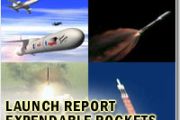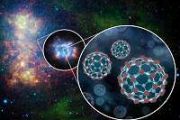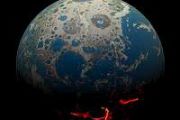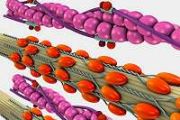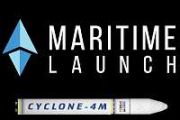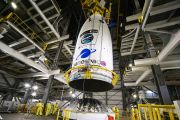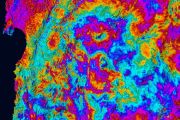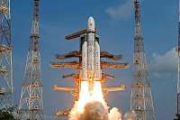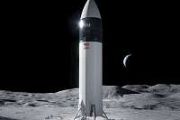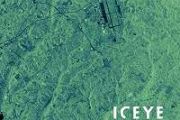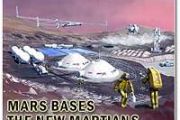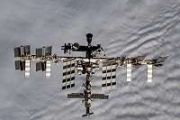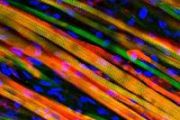
Copernical Team
Mars Helicopter spots landing rig and chute from Perseverance
 NASA's Ingenuity Mars Helicopter recently surveyed both the parachute that helped the agency's Perseverance rover land on Mars and the cone-shaped backshell that protected the rover in deep space and during its fiery descent toward the Martian surface on Feb. 18, 2021. Engineers with the Mars Sample Return program asked whether Ingenuity could provide this perspective. What resulted were 10 aeri
NASA's Ingenuity Mars Helicopter recently surveyed both the parachute that helped the agency's Perseverance rover land on Mars and the cone-shaped backshell that protected the rover in deep space and during its fiery descent toward the Martian surface on Feb. 18, 2021. Engineers with the Mars Sample Return program asked whether Ingenuity could provide this perspective. What resulted were 10 aeri Campaign #2: The Delta Front
 This week on Mars, Perseverance officially began the "Delta Front Campaign." This second campaign of the mission commenced on April 18th, 2022, the 415th sol since landing. Each campaign represents a sub-portion of the Mars 2020 mission and is dedicated to exploring a distinct region, drilling designated sets of cores for possible future return to Earth, and taking numerous in situ science obser
This week on Mars, Perseverance officially began the "Delta Front Campaign." This second campaign of the mission commenced on April 18th, 2022, the 415th sol since landing. Each campaign represents a sub-portion of the Mars 2020 mission and is dedicated to exploring a distinct region, drilling designated sets of cores for possible future return to Earth, and taking numerous in situ science obser SpaceX launches NASA's Crew-4 to ISS after week-long delay
 NASA and SpaceX launched four astronauts to the International Space Station early Wednesday.
Crew-4 boarded a brand new Crew Dragon capsule and launched on a SpaceX Falcon 9 rocket to the ISS at 3:52 a.m. EDT from launch Pad 39A at Kennedy Space Center in Florida.
NASA astronauts Kjell Lindgren, Bob Hines and Jessica Watkins are joined by European Space Agency astronaut Samantha
NASA and SpaceX launched four astronauts to the International Space Station early Wednesday.
Crew-4 boarded a brand new Crew Dragon capsule and launched on a SpaceX Falcon 9 rocket to the ISS at 3:52 a.m. EDT from launch Pad 39A at Kennedy Space Center in Florida.
NASA astronauts Kjell Lindgren, Bob Hines and Jessica Watkins are joined by European Space Agency astronaut Samantha Canada's first commercial spaceport lists on the NEO Exchange as Maritime Launch Services
 NEO is proud to welcome Maritime Launch Services Inc., a Canadian-owned commercial space company, as they list today on the NEO Exchange. Maritime Launch is now available for trading on NEO under the symbol MAXQ.
Maritime Launch is building a Spaceport in Nova Scotia, which is positioned to become a world-class commercial launch complex. The first of its kind in Canada, Spaceport Nova Scot
NEO is proud to welcome Maritime Launch Services Inc., a Canadian-owned commercial space company, as they list today on the NEO Exchange. Maritime Launch is now available for trading on NEO under the symbol MAXQ.
Maritime Launch is building a Spaceport in Nova Scotia, which is positioned to become a world-class commercial launch complex. The first of its kind in Canada, Spaceport Nova Scot Inmarsat CEO issues warning over space sustainability with 'unmanaged expansion'
 Rajeev Suri, Chief Executive Officer of Inmarsat, the world leader in global, mobile satellite communications, issued a stark warning Wednesday that unmanaged space sector expansion could exacerbate environmental damage, stifle innovation and undermine the long-term capability of satellites to help combat climate change.
Addressing the Royal Aeronautical Society's conference 'Towards a Spa
Rajeev Suri, Chief Executive Officer of Inmarsat, the world leader in global, mobile satellite communications, issued a stark warning Wednesday that unmanaged space sector expansion could exacerbate environmental damage, stifle innovation and undermine the long-term capability of satellites to help combat climate change.
Addressing the Royal Aeronautical Society's conference 'Towards a Spa Minerva mission begins as Samantha arrives at Space Station
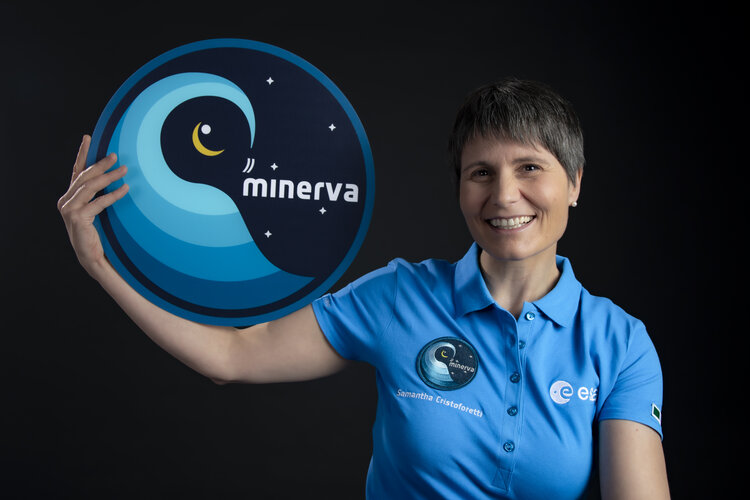
Crew Dragon spacecraft Freedom, carrying ESA astronaut Samantha Cristoforetti and her NASA colleagues Kjell Lindgren, Robert Hines and Jessica Watkins, docked to the International Space Station at 01:37 CEST Thursday 28 April.
Jessica Watkins makes history as first Black woman launched to ISS for extended space mission
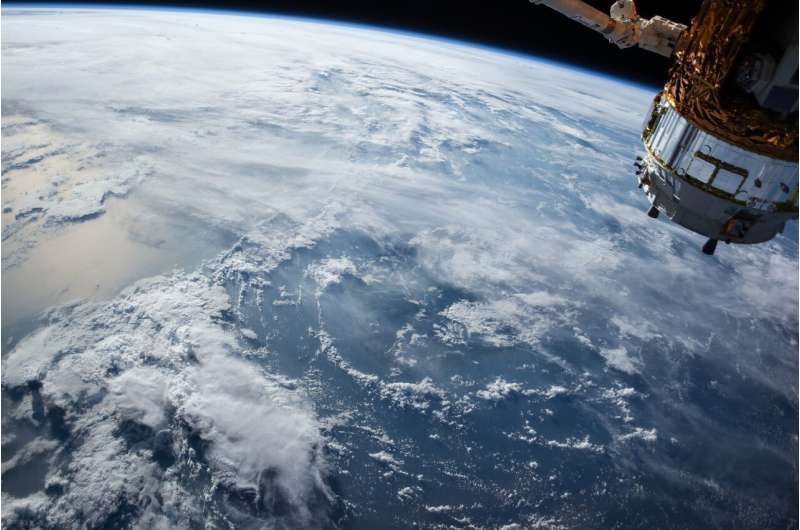
Jessica Watkins made history on Wednesday by becoming the first Black woman launched into space for an extended mission on the International Space Station.
Watkins, 33, and three other astronauts rocketed into space from the Kennedy Space Center on Merritt Island, Florida at 3:52 a.m. EDT.
"I think it really is just a tribute to the legacy of the Black women astronauts that have come before me, as well as to the exciting future ahead," Watkins said during an NPR interview.
Last November, NASA announced Watkins would be the fourth and final seat on Crew Dragon for SpaceX's Crew-4 mission.
The assignment meant she would be the first Black woman to join an ISS crew for scientific research, station maintenance, training and more over a six-month period. Previously, Victor Glover, part of SpaceX's Crew-2 mission that launched in November 2020, became the first Black astronaut to join a station crew.
Out of 248 astronauts who have visited the ISS, only seven have been Black and none were included in expeditions lasting several months.
In 1983, Guion Bluford became the first Black astronaut to travel to space.
ESA DG talks about the future of human space exploration
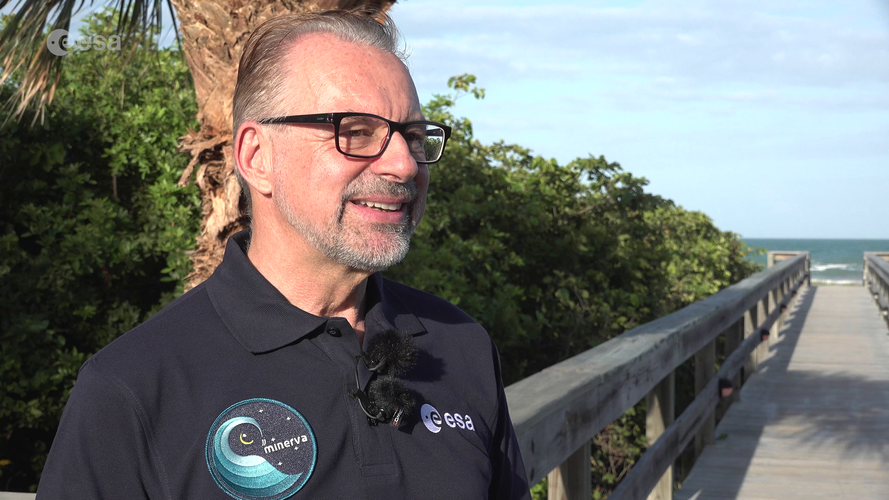 Video:
00:03:26
Video:
00:03:26
ESAWebTV caught up with the DG while he was in Florida for the Crew-4 launch. Here’s what he had to say.
SpaceX launches 4 astronauts for NASA after private flight
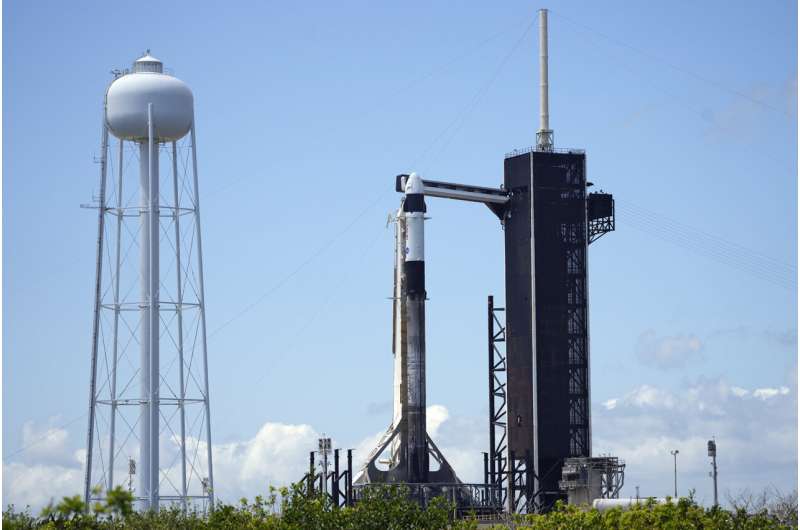
SpaceX launched four astronauts to the International Space Station for NASA on Wednesday, less than two days after completing a flight chartered by millionaires.
It's the first NASA crew comprised equally of men and women, including the first Black woman making a long-term spaceflight, Jessica Watkins.
"This is one of the most diversified, I think, crews that we've had in a really, really long time," NASA's space operations mission chief Kathy Lueders said on the eve of launch.
Liftoff of Crew-4 to the International Space Station
 Video:
00:03:55
Video:
00:03:55
The Falcon 9 rocket and Crew Dragon capsule carrying ESA astronaut Samantha Cristoforetti and NASA astronauts Kjell Lindgren, Robert “Bob” Hines and Jessica Watkins to the International Space Station lifts off from Launchpad 39A.
Collectively known as Crew-4, the four astronauts were launched at 08:52 BST/09:52 CEST Wednesday 27 April from NASA’s Kennedy Space Center in Florida USA. Transit to the Station is expected to take under 24 hours.
Samantha is the third ESA astronaut to travel to the orbital outpost in a Crew Dragon. During the journey she and Jessica will serve as mission specialists. Kjell is Crew-4

